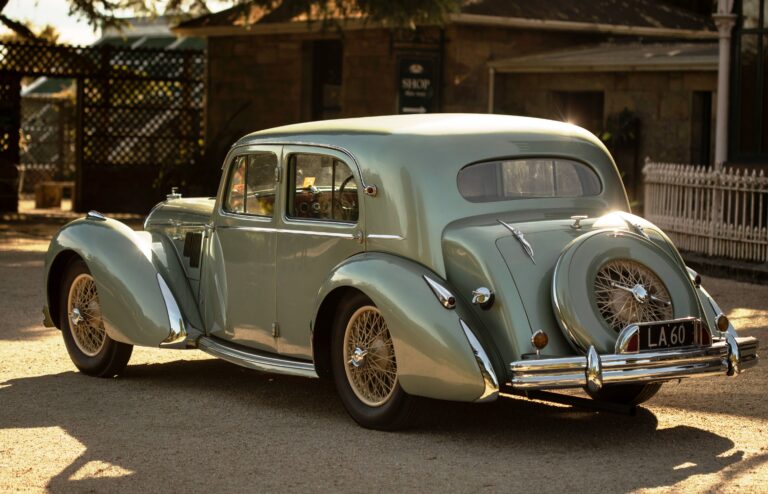Bruce McLaren knew a thing or two about hill climbing and the first event the then 15-year- old Bruce ever competed in was a hill climb. Bruce won his class on the shingle slope, and his destiny was set.
Fast forward to the mid 1960s, and a short run of cars built specially for hill climbing and sprints. David Good purchased one of those hill climb specials — McLaren’s new M10B — which was essentially the same as the 1969 title-winning M10A, but with the key tweaks being redesigned suspension, a slightly restyled body, a new radiator, and modification to accept a dry sump engine installation. Good never let having no right arm dissuade from getting involved in sporting activities, either, however, he was never able to get a licence to race cars — the next best thing then was to head for the hills. Good had his McLaren fitted with a 5.5-litre Chev pumping out some 335kW at 6000rpm. The cockpit was modified because its pilot needed to sit close to the wheel — and, uniquely, the car had a much- modified gear linkage so that Good could change gear. The hole for the shaft on the left-hand side of car (the McLaren, like most racing cars, being a right-hand change) remains. Good was fourth in the championship after one ‘fastest time of the day’ (FTD), a second and a pair of thirds.
Today the car resides in New Zealand, owned by David and Katya Mitchell. The Mitchells had it shipped to New Zealand in May 2014, and it appeared at the Gulf Oil Howden Ganley Festival at Hampton Downs in January 2015. David will compete in Formula Libre races in the coming season, and intends to retain the treaded tyres rather than make a move to slicks.
The next issue of NZ Classic Car will include a full feature on the 1970 McLaren F5000 M10B, but for now, enjoy the beautiful sound of this historical piece of machinery firing into life in its makers own workshop 57 years later:


